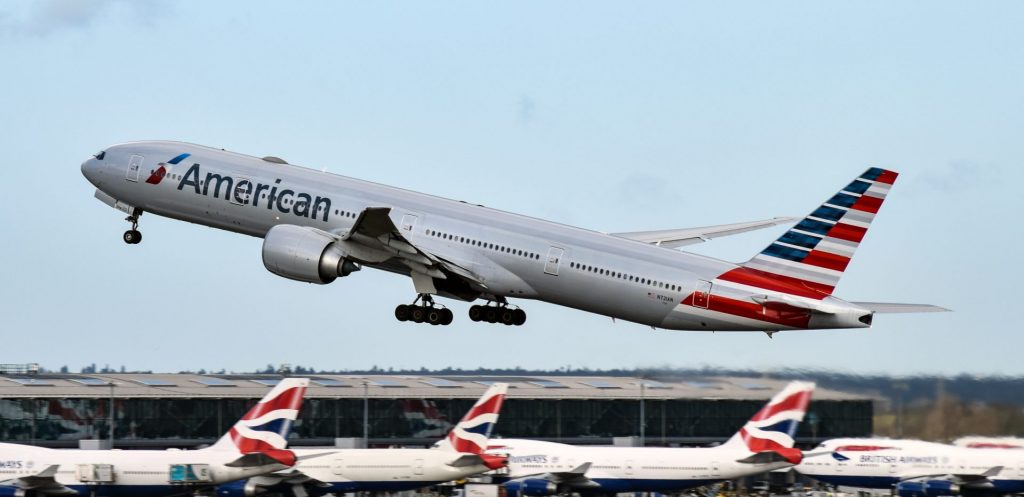According to a report from AeroCloud, the intelligent airport management platform, over half of UK airports are worried about financial stability following the global pandemic.
The “Getting on the runway to growth” report showed that 58% of UK airport leaders were concerned about their financial stability despite air traffic returning to almost the same as pre-pandemic levels and a further 36% reported still being in significant debt.
Airports face several challenges to return to growth with passenger numbers rising including the worry that passenger numbers won’t return to full pre-pandemic levels, a view shared by 74% of UK airports and some have continued to stay well below such as Cardiff Wales Airport (CWL/EGFF) which is still almost 1 million short of its 2019 figure of 1.65m.
Compared to local rival Bristol Airport which has almost returned to pre-pandemic levels with 7.9m passengers in 2022.
Heathrow (LHR/EGLL) has saw a return to 61m passengers in 2022, compared to just 19m in 2021.
60% of airports also reported problems with not being able to bring staff back into the industry after the redundancies and job losses caused by the COVID pandemic.
George Richardson, CEO and co-founder, AeroCloud, said: “While some of the UK’s major airport hubs report seeing passenger numbers bounce back, this clearly isn’t felt across the nation. Many airports are struggling to claw back passenger volumes and much needed revenue. This isn’t helped by the high levels of disruption we’ve seen this year from factors outside their control, such as the Air Traffic Control ‘one in 15 million’ fault over the Bank Holiday Weekend, strong winds earlier this month at Heathrow, and of course the persistent staffing shortage.
“But airports are determined to navigate these challenges and it’s very clear from our research they understand the operational improvements that are necessary to boost passenger experiences and, in turn, growth in the year ahead.”
Airport leaders identified the key areas to recovering revenues at UK airports which are:
- Attract new airlines: With 52% of airports stating they still haven’t been able to restore all routes served before the pandemic, it’s not surprising almost all hope to increase the number of flights travelling through their airports by attracting new airlines (96%) and optimising take-off and landing slots to increase capacity (84%). To achieve this, they plan to improve gate management to create space for new entrants, offer airlines access to airport operational data for improved visibility, and lower the upfront investment with common-use facilities, such as shared check-in desks, and ongoing costs for airlines.
- Boost passenger experiences: Airports recognise the importance of being ranked as a top airport for passenger experience – such as by Skytraxx and Which? – to increase passenger footfall (92%). To improve the passenger experience they want to reduce security wait times, offer a seamless journey through the airport, and provide more self-service tools for check-in and bag drop.
- Increase passenger spending: 76% of airports want to increase spending in concessions and Duty Free. They plan to encourage this by making the airport become a shopping destination for more pre-planned purchases, offering a good range of retail outlets, and speeding up the time it takes for passengers to get through check-in and security so they can spend more time in concessionary areas.
- Transform airport operations: Upgrading legacy technologies and systems is a commercial priority for 90% of airport leaders, enabling them to improve the efficiency of their operations and, in turn, better manage disruptive events. Indeed, 60% of airport leaders identified not investing in new technologies that will optimise airport operations – such as SaaS platforms, automation and AI – as a key risk over the coming 12 months.
George Richardson continued, “The reliance on legacy systems and technologies by airports hugely reduces their efficiency in managing existing assets. In fact, 44% of UK airports told us they are still using Excel and Word documents to store and manage operational information, such as for gate management and the RONs (Remain Overnights).
“As well as on an operational level, it greatly undermines their commercial interests, such as having the capacity to introduce new airlines and optimise the passenger flow to increase spending. Ultimately, it’s a huge barrier to revenue. That’s why it’s so important for airports to secure the next stage of their growth by embracing the benefits of artificial intelligence, computer vision and the cloud.”
The report shows that airports, as opposed to airlines, are certainly taking longer to return revenues to pre-pandemic levels and combined with other factors, such as the conflict in Ukraine, are seeking to explore new areas and new airlines.

